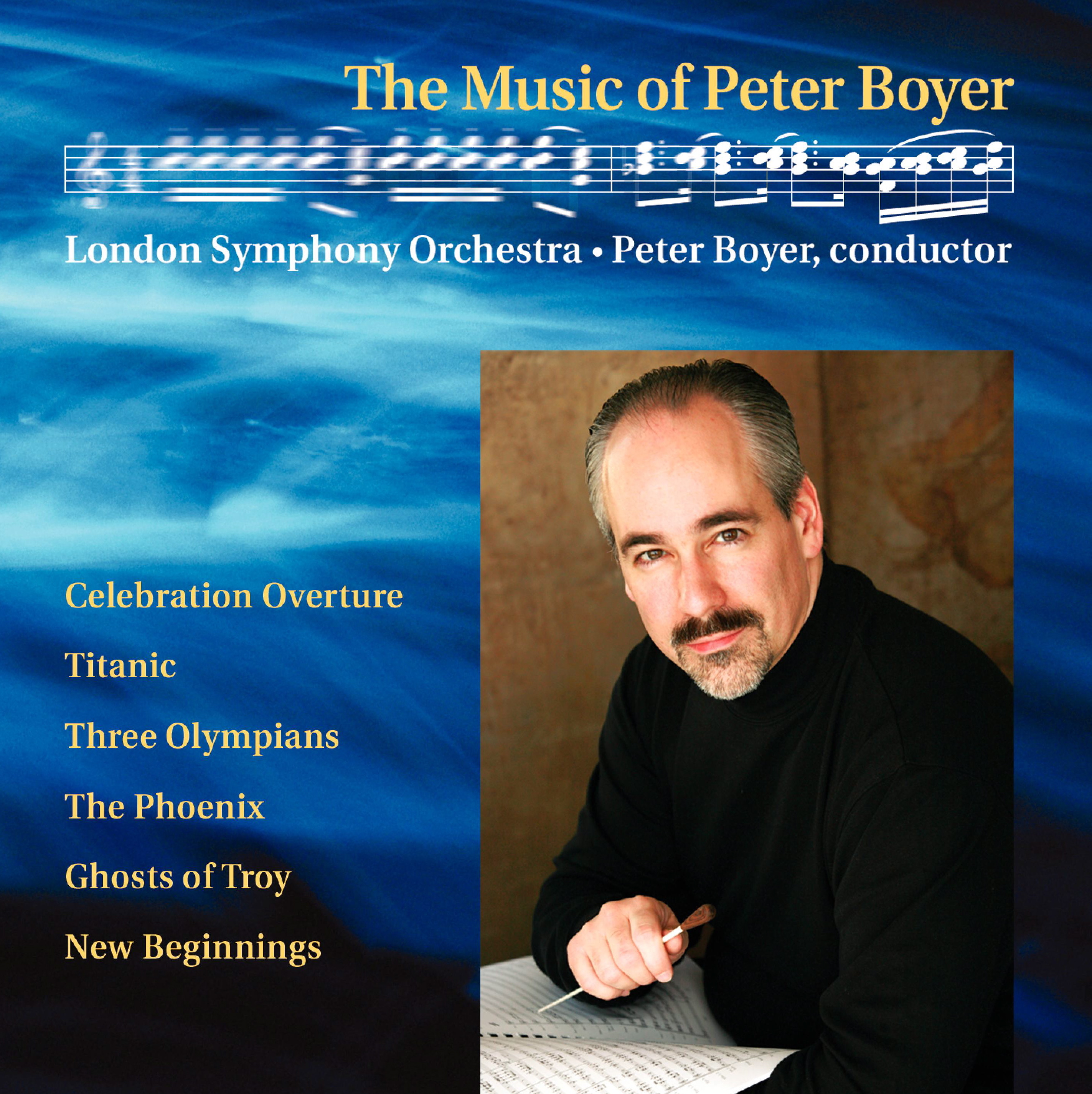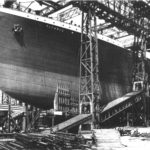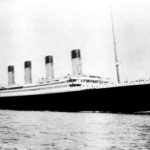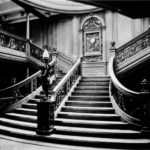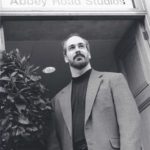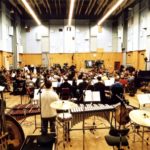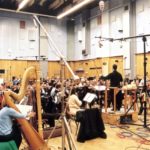— The Hartford Courant
Composed at the age of 25, during and after his period of private study with John Corigliano, Boyer’s tone poem Titanic was his first orchestral work to receive widespread national attention, garnering important awards. Born out of a childhood fascination with the maritime disaster, it was composed two years before the release of James Cameron’s blockbuster film of the same name. Boyer recorded Titanic with the London Symphony Orchestra in 2001 for his debut recording, and in 2005 it was recorded again by the Bamberg Symphony and conductor Gabriel Feltz for broadcasts on the renowned Bayerischer Rundfunk (Bavarian Radio).
Instrumentation
3(II,III=picc).2.corA.3(III=bcl).2.cbsn—4.4(IVoffstage).3.1—timp.perc(5)—harp—pft(upright&grand).cel—strings
Duration
13:00
Composition Date
Composed 1995
Awards
– Winner, 44th annual BMI Student Composer Awards, 1996
– Winner, BMI/Young Musicians Foundation Orchestral Premiere Award, 1997
– Winner, 14th annual FIRST MUSIC national composers competition, 1997
Critical Acclaim
“The ocean’s rolling immensity, the jaunty arrogance of the Gilded Age, even the fateful moment of impact with the iceberg, are all conveyed as vivid sonic images… Deftly orchestrated and concisely organized… (a) strikingly cinematic and imaginative work.”
— “Music in Concert,” American Record Guide
“Titanic sails at hands of YMF Orchestra… Boyer’s evocative 13-minute piece shuffles a variety of themes, sometimes overlapping in an Ives-ian pile, with murmuring sound effects, and ‘Nearer, My God, to Thee’ placed as an eerie benediction.”
— Los Angeles Times
“Soft gongs along with low rumblings in the strings and brass confront the listener in the eerie opening passages. Then, in an ever growing wave of elemental power, sounds grow inexorably until they are suddenly buried under devil-may-care music that represents the optimism of the Gilded Age. …(an) often fascinating piece of music. …It would have been interesting to have had the orchestra play it twice.”
— The Toledo Blade
“Boyer’s talents as an orchestrator were evident from the outset… its effectiveness in performance left little doubt.”
— Fresno Bee
“Written two years before the popular movie, Titanic works in ‘Alexander’s Ragtime Band’ and ‘Nearer My God to Thee’—played by the ship’s band—alternating with eerie undulating low brass and artful overlapping glissandi, including evocative use of the water gong. Less gimmicky and more musical than Gavin Bryars’ The Sinking of the Titanic, Boyer’s haunting work is the most successful composition to date inspired by the famous sea tragedy, with the final emergence of the hymn on a barely audible muted trumpet quite affecting.”
— South Florida Sun-Sentinel
“Was dann nach dem Crash übrig bleibt, sind gespenstische Ruhe, Morsesignale, Bläserchoral. Selbst die zunehmende Schräglage des Schiffes scheint im chaotischen Tumult hörbar. Der Choral schließlich klingt wie aus der Ferne. Dann Stille. Tod. Danach fällt Applaus schwer. Und nach dieser gigantischen Leistung des Orchesters unter seinem Chef Gabriel Feltz bleibt nur eines zu wünschen: Dass das Werk vielleicht öfter in Deutschland und von diesem Orchester gespielt wird.”
— Ostthüringer Zeitung (Germany)


